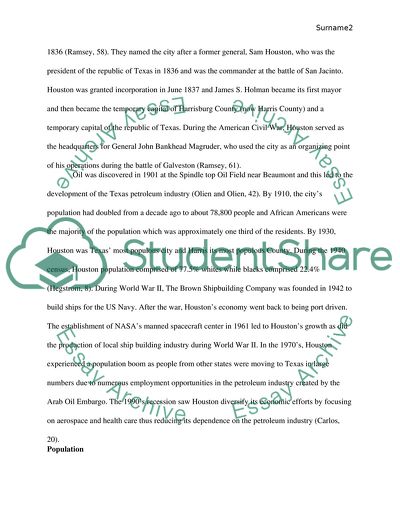Cite this document
(Urban Sociology - The City Research Paper Example | Topics and Well Written Essays - 2750 words, n.d.)
Urban Sociology - The City Research Paper Example | Topics and Well Written Essays - 2750 words. https://studentshare.org/sociology/1874128-urban-sociology-the-city
Urban Sociology - The City Research Paper Example | Topics and Well Written Essays - 2750 words. https://studentshare.org/sociology/1874128-urban-sociology-the-city
(Urban Sociology - The City Research Paper Example | Topics and Well Written Essays - 2750 Words)
Urban Sociology - The City Research Paper Example | Topics and Well Written Essays - 2750 Words. https://studentshare.org/sociology/1874128-urban-sociology-the-city.
Urban Sociology - The City Research Paper Example | Topics and Well Written Essays - 2750 Words. https://studentshare.org/sociology/1874128-urban-sociology-the-city.
“Urban Sociology - The City Research Paper Example | Topics and Well Written Essays - 2750 Words”. https://studentshare.org/sociology/1874128-urban-sociology-the-city.


